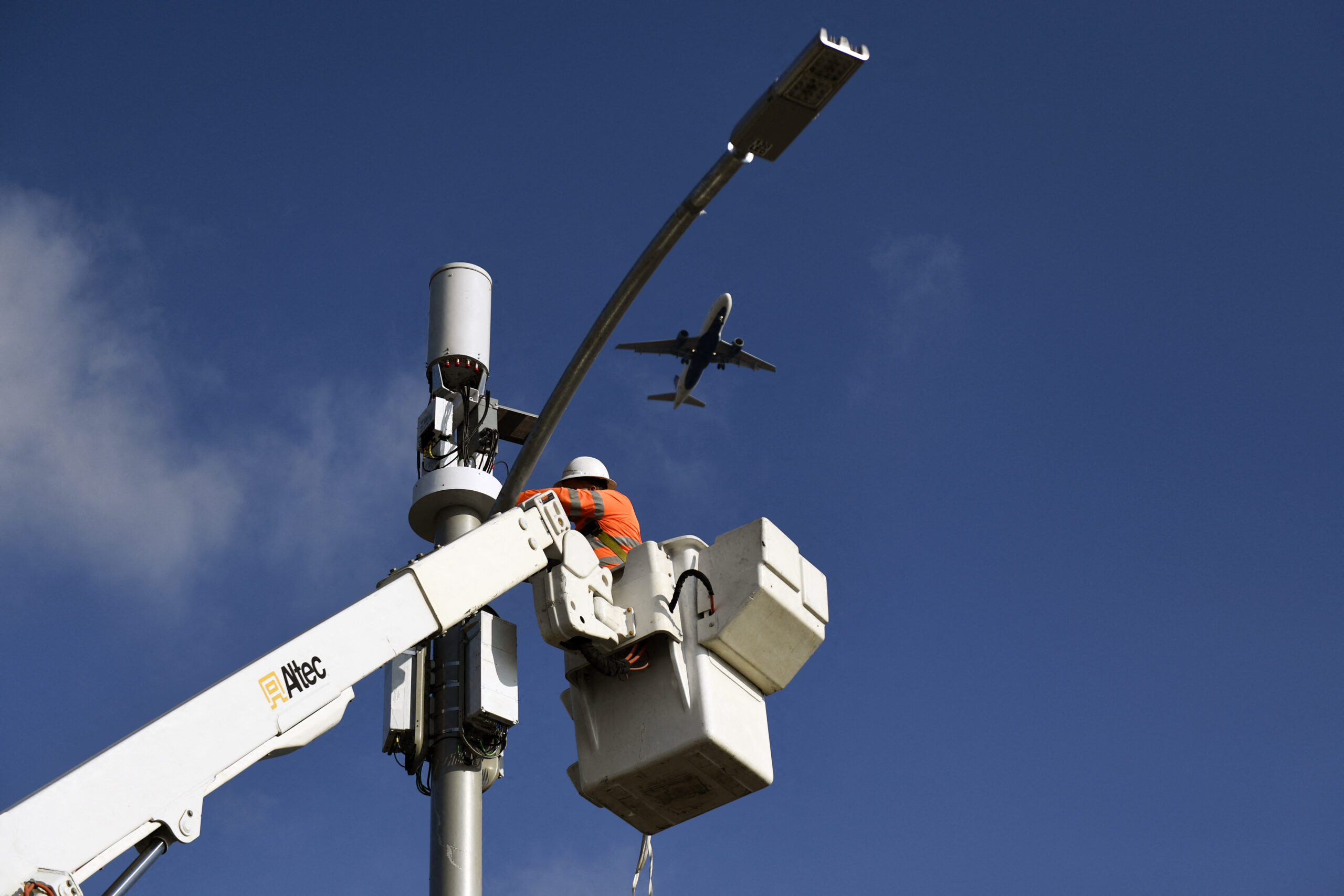Indigenous 6G: can India pull it off?
India is planning to launch a nationally-developed 6G network, despite falling behind in its 5G network rollout. But don’t count it out just yet.
India’s road to 5G has been a bumpy one. In 2018, the country’s Department of Communications laid out a roadmap in its
National Digital Communications Policy for a 5G rollout by 2022. Following
delays due to the COVID-19 pandemic. Commercial 5G services are now expected
later this year or in early 2023.
Despite the delay, the Indian government is still hoping to launch a nationally-developed 6G network by the end of the same year. These almost simultaneous ambitions encompass the government’s push to encourage digital transformation through nationally-developed technology as countries elsewhere begin to view power and national security interests through the lens of technological development.
In November 2021, India’s Department of Telecommunications (DOT)
announced the formation of a 22-member technology innovation group to develop indigenous 6G technology. Not long after the DOT’s announcement, India’s Minister of Communications Ashwini Vaishnaw
announced that 6G development had already started. “We will have designed-in-India telecom software for running the networks, manufactured-in-India telecom equipment, served-in-India telecom networks, which can go global,” he said.
The development of India’s local 5G standard — dubbed “5Gi” — demonstrates India’s capability to contribute to global technical standards.
5Gi spurred controversy with domestic telecom operators and equipment vendors
opposing its mandatory adoption, due to interoperability and cost issues. This was despite
lower deployment costs designed to encourage rural adoption. However, compromise has now been reached on 5Gi –
merging it with the global 5G standard. Spectrum auctions scheduled for
later this year, will set the stage for commercial rollouts.
Local telecom operator Reliance Jio has also broken new ground by developing its
own 5G network equipment and
software solutions through joint ventures, paving the way for a similar model being employed in a future 6G rollout.
It is as yet unclear how 6G will be used. But more recently, India’s Minister of State for Communications, Devusinh Chauhan,
said the country aspires to take a leadership position in 6G, and contribute to global technical standards. This could be driven in part by Prime Minister Modi’s broader vision for a self-reliant India — “Aatmanirbhar Bharat” — as well as the government’s “Make in India” and “Digital India” initiatives.
India’s stated timeline for 6G seems unrealistic. Key standard-setting bodies like the International Telecommunication Union (ITU) and 3rd Generation Partnership Project (3GPP) will only begin
defining global 6G technical standards from next year.
A significant challenge for India’s ambitions also lies in producing intellectual property (IP). Countries that produce high-quality IP often have the ability to shape how a technology is eventually developed and applied. India did not feature in a
2021 study by the Tokyo-based research company Cyber Creative of 6G patent applications by country.
China topped the list with 40.3 percent of total patents, followed by the United States with 35.2 percent. Although patent filings alone do not guarantee ‘success’ in a particular technology, they provide a broad indicator of where technology development is occurring.
If India is to realise its desire of taking a leadership position in 6G, it will have to significantly ramp up its production of high-quality IP. This will require investment in its research institutions across the public and private sectors, which currently lack resources compared to other major economies, a result of years of unmet promises.
India spent only
0.7 percent of its GDP on research and development in 2020, compared to
2.41 percent in China and
2.32 percent for the European Union. It will be challenging to bridge such a gap in a short period of time, although this certainly does not preclude significant progress from being made.
The road ahead is not without obstacles. The government will have to translate its techno-nationalist vision into regulations and investments to facilitate impactful research and applications. It will have to draw on past successes — such as with its national space programme — and apply the lessons learned.
India’s space programme is widely admired for its low cost and success in bringing together public and private research institutions. The technical capabilities in India’s research institutions and telecom companies will have to be similarly harnessed through suitable public-private partnership models for India to successfully develop its own 6G network.
Indigenous 6G: can India pull it off?
6g Technology: "We have been deliberating on 6G in the working groups, and have been able to consolidate the vision from India, as well as the set of technologies that will act as an enabler to 6G," Satish Jamadagni, vice chairman, TSDSI, and Head of Standards at Jio told ETTelecom.

telecom.economictimes.indiatimes.com
In a notification dated December 30, the department mandated immediate deliverables by March 31, 2022 that included mapping of 6G activities and capabilities worldwide, and a white paper on India's competencies, including research and pre-standardisation activities.

m.economictimes.com
6g: "For cellular operators and users, this technology offers immense benefits; cell phone users will experience high-quality voice and video delivery in crowded areas like airports, malls, railway stations, etc.; cellular operators will be able to offer broadband wireless internet in rural...

telecom.economictimes.indiatimes.com

 www.businesstoday.in
www.businesstoday.in

 www.indiatoday.in
www.indiatoday.in











